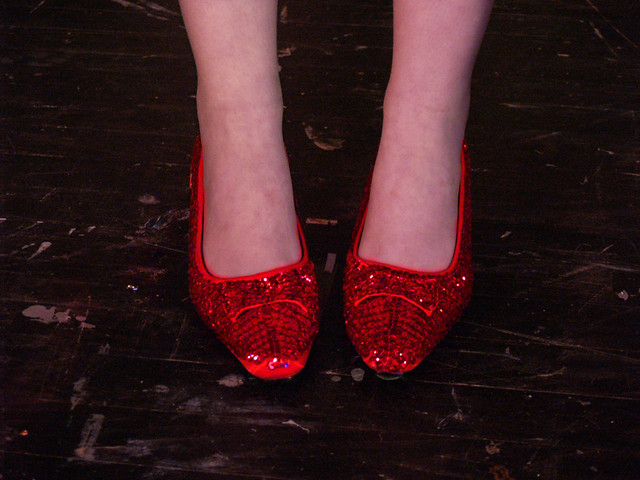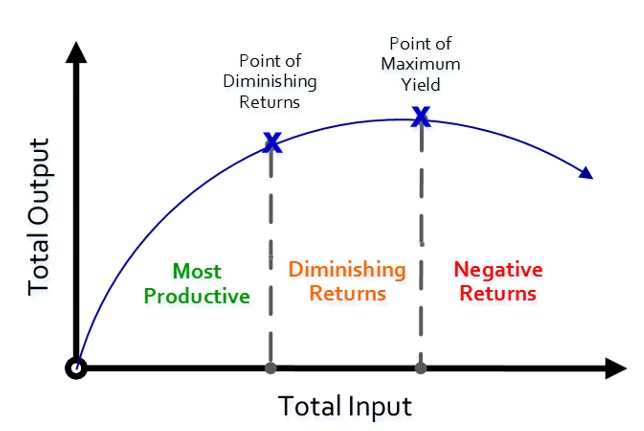I have to admit, the first decade of my IONM career aimed at better. Not stick-my-nose-in-the-air better, just better than I was yesterday.
Better is hard — painful at times. You sometimes have to work hard on things when you’d rather not. There’re expectations laid out for you, ya know.
The one luxury of better comes from saving some mental calories you’d otherwise use making big, life decisions. If you want to be better at your job, all you do is head in the direction already paved. Follow the clean and predictable path.
That path is tried and true. Any obstacle has been cleared out. All you have to do is put one foot in front of the other and march down the same track those before you took.
For me, the road to better looked like this:
- Get hired
- Sprint in my first 6 months to learn as many modalities and surgery types as possible
- Get the CNIM
- Work to earn the work as a trainer
- Get the D.ABNM
- Publish research (this one never happened, I took a detour)
- Get into management
- Get an MBA (scheduled to complete in 2020)
After 12 years – following a long and winding road – I’m finally at a point where the pre-paved road to better ended. Not that I’ve mastered all there is, or even remember the majority of what I’ve learned at one point or another, or that an end is even in sight. It’s just the sketched out map scooting me along the clear path isn’t there, or at least I don’t see it through the lens of better.
The opportunities to grow are still there, so is the momentum. Just no mapmaker telling me where to go next. I’m left with only my own compass and promise of bushwhacking a new path in order to explore.
What’s Next for IONM and Where Do I Fit?
That’s the third most popular question I get with people in our field (behind how do I get into neuromonitoring and how do I pass the CNIM). I’ve talked about it for those still young in their neuromonitoring career, but that’s easier, as the road to better is still paved.
(And let’s be honest about what “young in their career” really means. Years of experience is not an accurate assessment of the road traveled. I’ll take a go-getter a couple of years in over a veteran who has spent the last 10 years doing the first year 10 times over.)
But it’s harder, for me at least, to come to any concrete recommendations for those later in their career. I’m talking about those who’ve briskly skipped down the yellow brick road for some time but still have a lot of tread on their ruby reds.

Maybe because I’m still figuring it out for myself.
For us, the path to better feels more like we’re on a conveyor belt heading our direction. A new problem arises in the form of diminishing returns. At some point, the opportunity cost of reading another article saying MEPs are good for scoliosis surgeries drags us into negative returns (although we still need those studies for the field). For long-time practicing neuromonitoring managers, maybe another HBR article on leadership does less to actually becoming a better leader. There’s time better spent elsewhere than revisiting getting better.

If Not Better, Than What?
Sam, our CEO, makes sure we’re keeping along with the times, ask us Who Moved My Cheese, and challenges us to question what’s been done vs what we should be doing. Along those lines, at a company meeting, one of the speakers he brought in was asked to discuss the importance of reputation design. It’s been encouraged before, but never nudged.
Here is my take away: the thing that you find easy/interesting that others don’t, though they wish they did, is the space where you don’t need to elbow your way to make room. There, it’s easier to make yourself big. Others will notice and include it in their conversation about you when you’re not around (in a good way, that’s the way to define your personal brand, by the way). It’s how you separate yourself by differentiating.
Different is better than better…
Sally Hogshead
Abundance created a sea of sameness, making different all the more valuable. You, and me, with all of our quirks, are finally living in a time where there’s a premium on different.
Different, carefully crafted, doesn’t lose sight of better. It actually pairs beautifully with better. It amplifies better by setting you in a unique and unexplored direction.
Different, also, is the best challenger to better. It pushes better to new levels by exposing weaknesses in the pursuit of “best practices.”
Beware: There’s Danger in Different
You can’t stick your head out of the crowd without exposing your neck. Your neck is too soft and vulnerable to not consider. Remember, different for the sake of different is a dangerous game.
Here are the rules for safely applying different:
Values as the anchor. The direction of different is infinite, so be intentional. Keeping aligned with your personal and company values will keep you tethered to the mission. Use this as directional guardrails.
Don’t break rules, test elasticity. Different is an observable change; the final product of something novel. That should scare you because it’s going to scare others. Make small bets to test out winners and losers by pushing the norms without breaking the system. Just like an organism, function fails before structure. Use function as the proxy to test the structural integrity of the system. Stressing boundaries encourages growth; breakage invites chaos.
Boring is good. There aren’t any traffic jams on the road others won’t take. Opportunities live where others aren’t. So don’t go looking for fun, not just yet. You’ll need to make it yourself once you get to the point of being able to connect the dots back to IONM. Probably still not fun, but interesting.
Optimize for interesting. Interesting is almost frictionless, allowing momentum to build easily. You’ll have only a minority of your time to dedicate to it at first, so different needs to resonate in order to flourish.
Movements, not moats. The purpose of different isn’t to drive a wedge, it’s to bring people along. Find what’s different and why it matters, be consistent with it, and show others how to make it happen for them.
Think out, not just up. Different isn’t doing what’s expected – that’s table stakes. Better’s place is leveling up. Stepping out of the job description is leveling out. A career path is just a suggestion, not the destination. Your goal is to find the sweet spot of what interests you and what the team/company values.
Do not interrupt compounding. Make forecasting your future less difficult by stacking assets over time. This is exactly what you did when you first started your IONM career, until you hit the point of diminishing returns. Compounding is powerful, it just needs time. Try not to hop in-and-out.
Do not be seduced by pessimism. We’re in a world of constant growth and prosperity, yet pessimism still reigns supreme. Part of that is natural, as we’ve evolved to treat threats as more urgent than opportunities. So it makes sense when you’ll inevitably feel the pain of something new and hard. So stop and pay attention. Take a rational perspective because that’s where optimism tends to live.
A Section for Different
For the first time in my 40 years, the goal is to jump around in areas of learning not tethered to some end goal (see Big Hats and the declining value of degrees compared to the cost). Everything is fluid. It’s time to go wide.
I added another section to the website called “something different” to house any articles that come from it. I’m hoping it helps keep these more abstract ideas for those looking for more concrete information. The aim in that section will be something along the lines of “not something I was expecting to see on a neuromonitoring blog but adds value in that space.”
* If you already have your torches burning and search party formed to protect the good name of better, let me clear up any misunderstandings. Yes, go get your CNIM. That’s still a worthwhile investment for you and our industry. The D.ABNM got me into conversations I might not have gotten. If you have the qualifications, go for that too (only if you’re willing to put in the work). Another degree? Well, now you really need to do some cost analysis and be on point with your future earnings forecasting. That is, unless, you think the price tag for the education is worth it for the signaling and/or knowledge alone. I know I run the risk of not having the broad appeal of an article like measuring train of four during surgery, but I hope it will be helpful for someone in their IONM career thinking “what’s next?”


